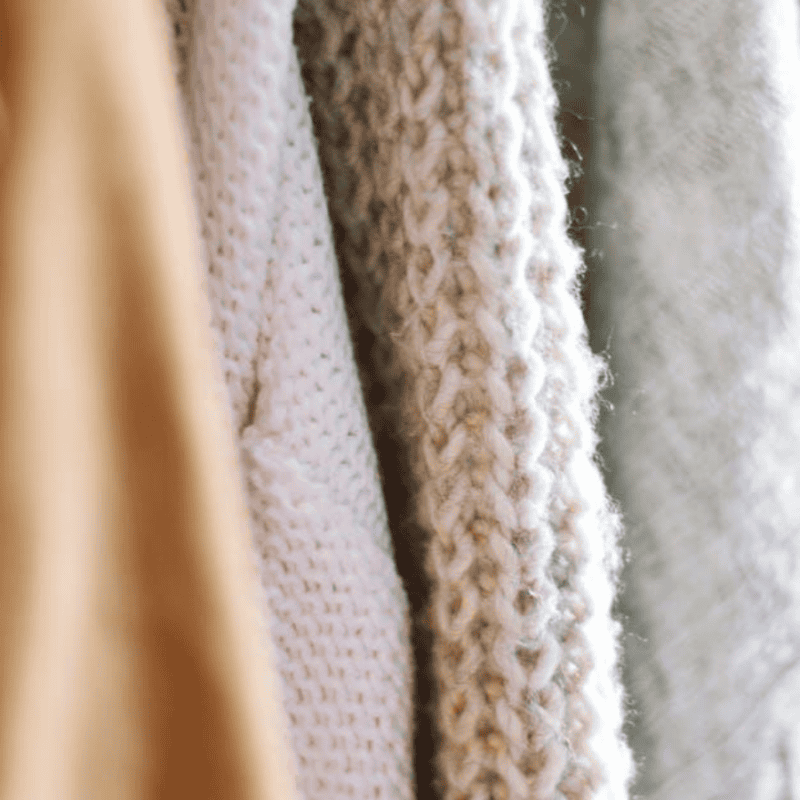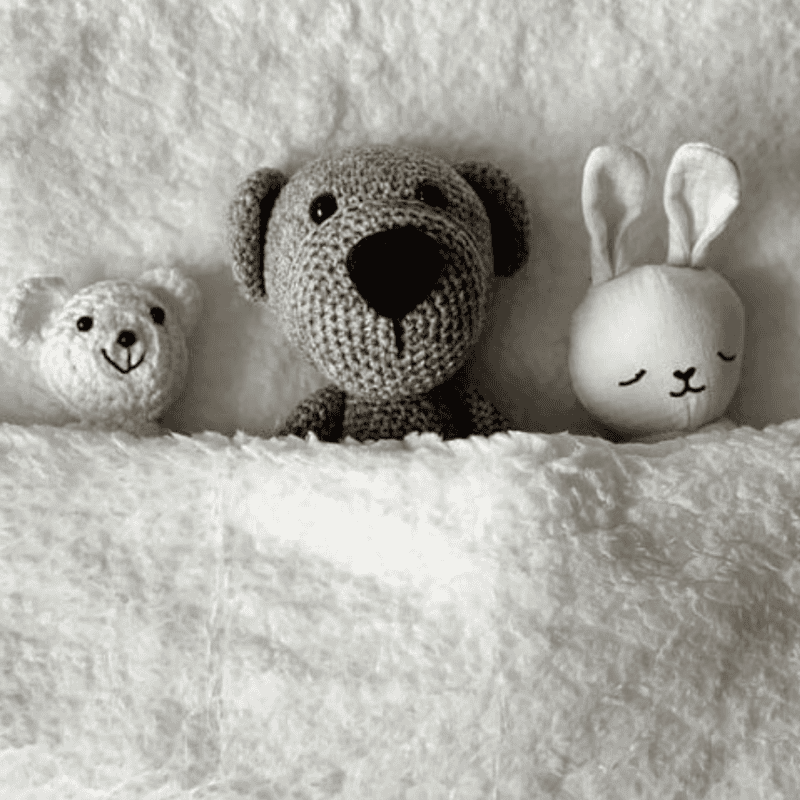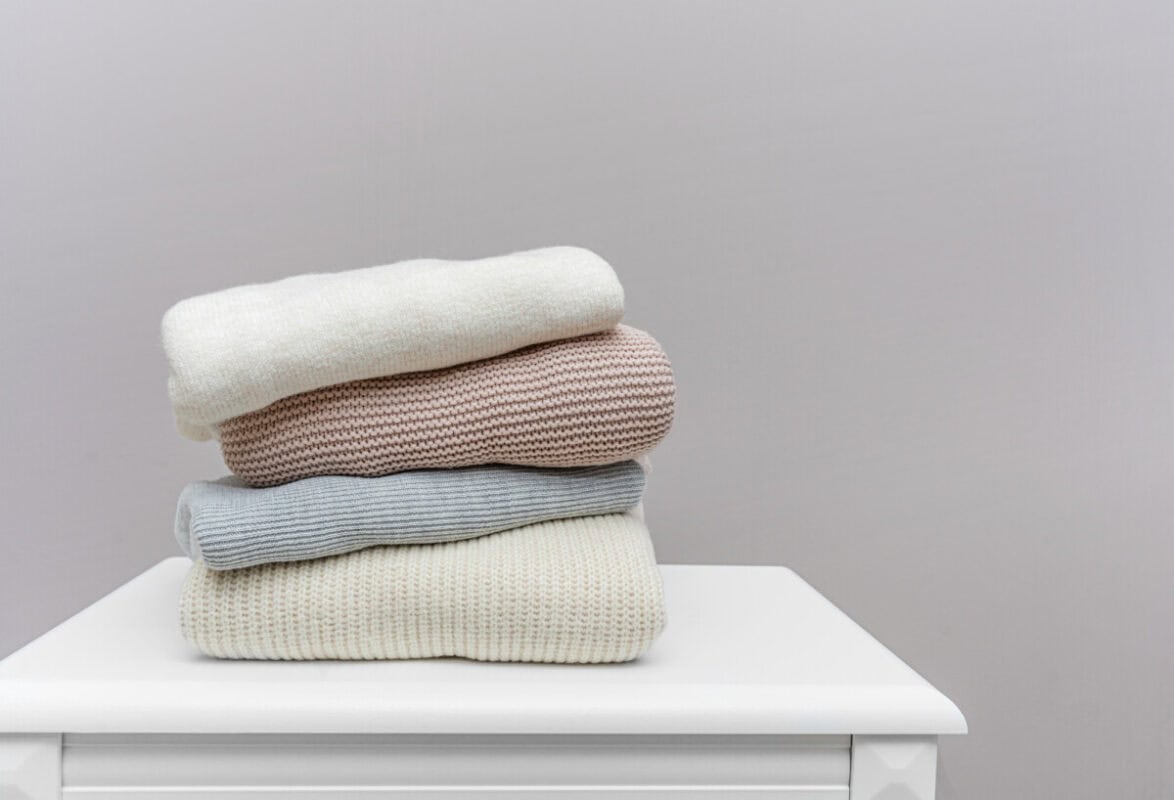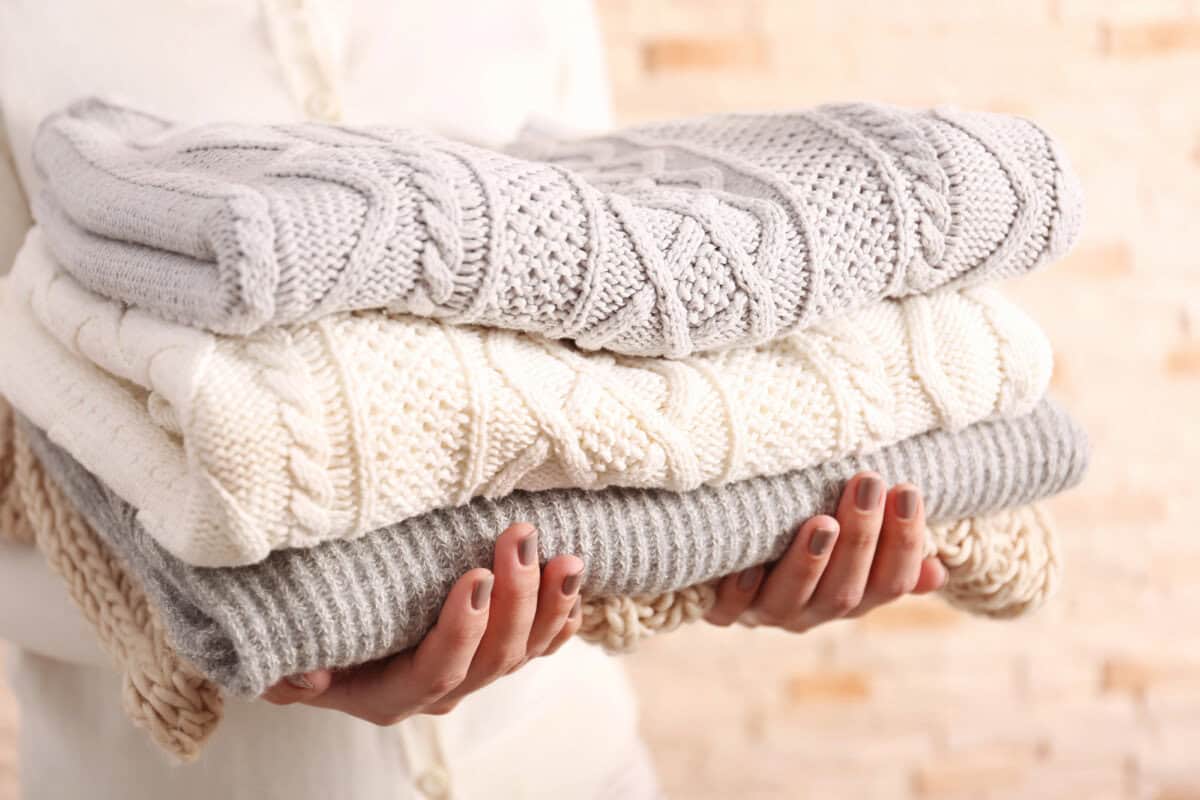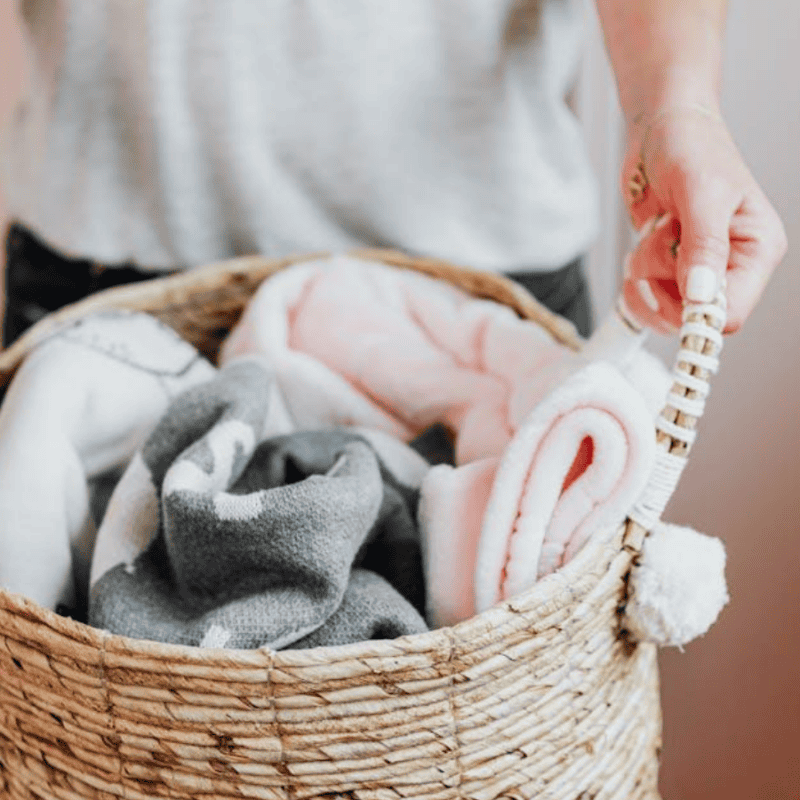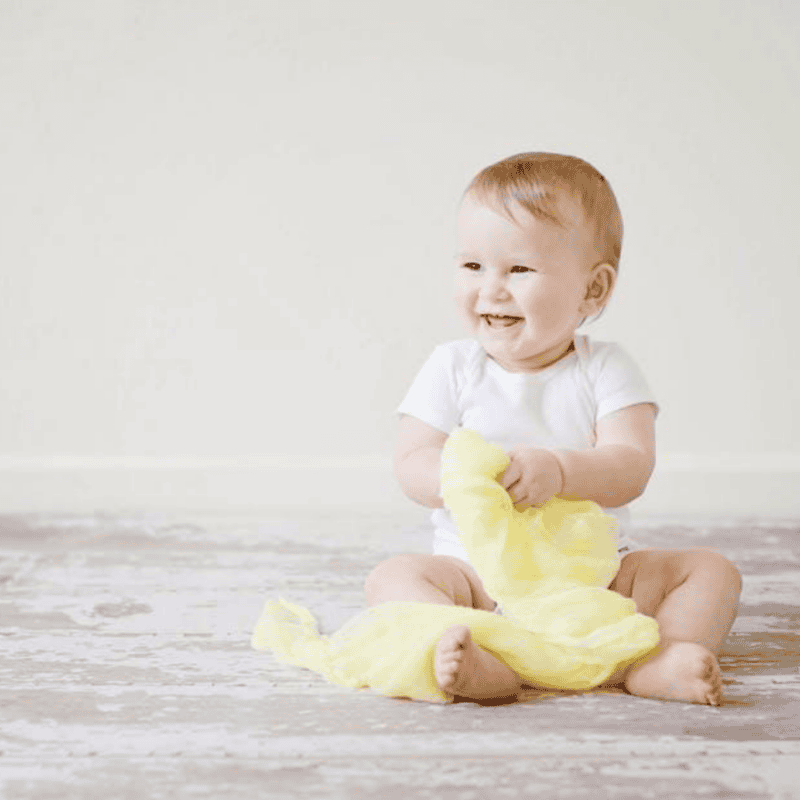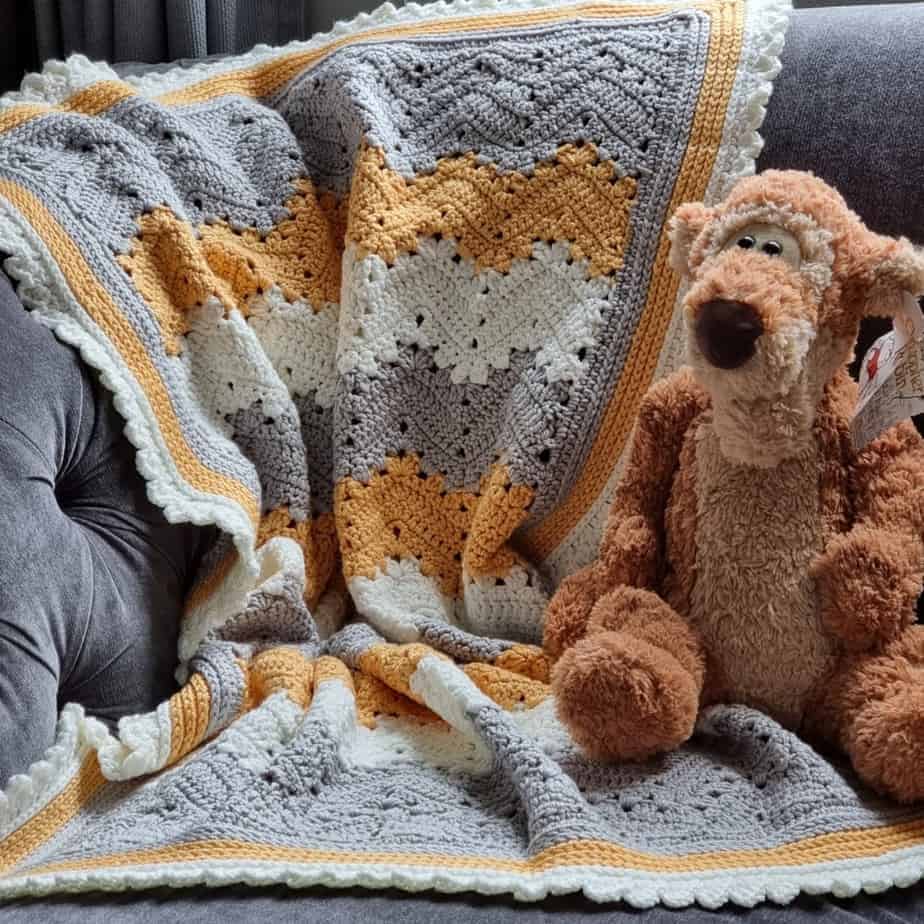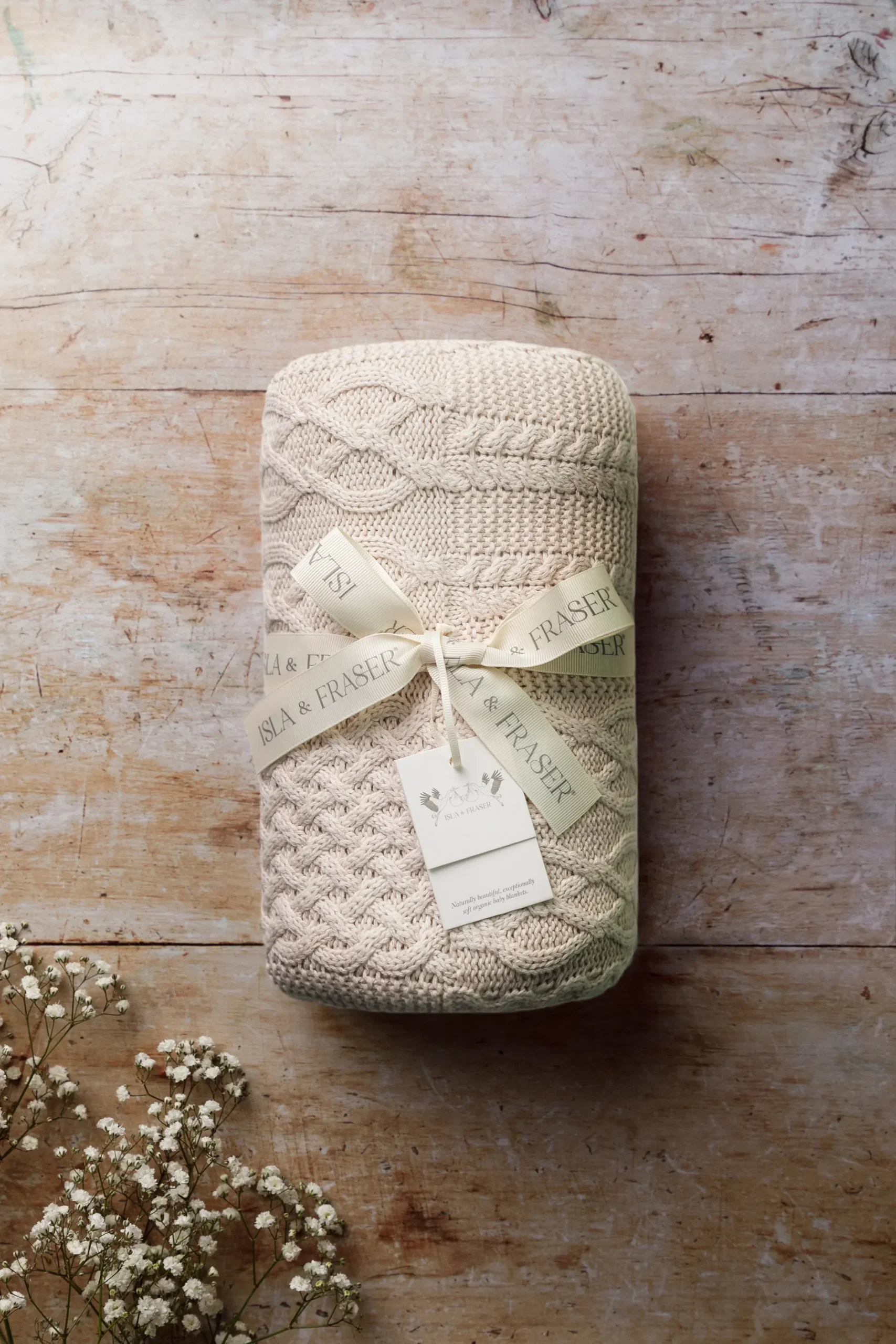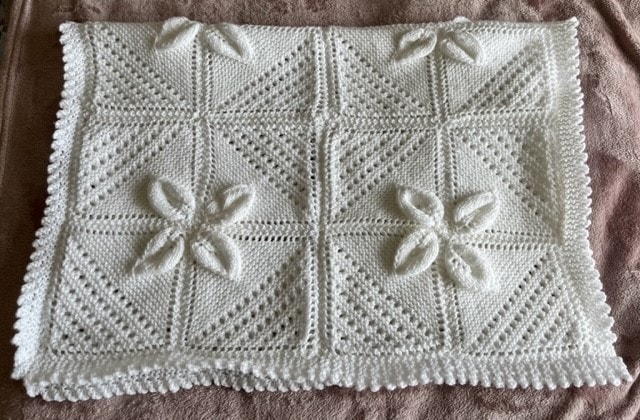Creative Ramblings
Caring for Your Handmade Knitted Baby Blanket
The Ultimate Guide to
Caring for Your Handmade Knitted Baby Blanket
As a new parent, you’ve been showered with love, gifts, baby clothes and all the essentials for your little one’s arrival. Among the precious items you’ve likely received is a handmade knitted baby blanket – a truly special and sentimental gift that will keep your little one cosy and comfortable. But with such a delicate and labour-intensive item, it’s important to know how to properly care for it to ensure it lasts for years to come.
In this comprehensive guide, we’ll walk you through everything you need to know about caring for your handmade knitted baby blanket. From washing and drying techniques to storage tips, you’ll learn how to keep your special gift looking its best so your child can enjoy it for many years. Let’s dive in!
Understanding Fibres
To care for your handmade knitted baby blanket effectively, start by knowing the fibres used. These blankets can be made from various natural and synthetic materials, each requiring specific care due to their unique properties. Understanding the fibre content will help you maintain the blanket’s quality and ensure its durability.
Some common fibre types found in baby blankets include:
A small business selling handmade baby blankets, will be intimately familiar with the wool or fabric they have used. Reach out to them directly for personalised care advice; they are likely more than willing to assist you in caring for your special blanket.
Cotton is another fabric that is popular. It’s soft, breathable, and easy to clean. Cotton blankets are generally very durable and can withstand more frequent washing.
Acrylic is a synthetic fibre that mimics the look and feel of natural fibres like wool. Acrylic blankets are typically machine-washable and dryable, making them a low-maintenance option.
Cashmere is an ultra-soft, luxurious fibre that comes from Cashmere goats. Cashmere blankets require extra care, as the fibres are delicate and prone to pilling.
Silk is a natural protein fibre known for its sheen and smooth texture. Silk blankets are very delicate and should be hand-washed and air-dried.
Wool is a popular choice due to its softness, warmth, and natural durability. Wool fibres can come from sheep, alpacas, or other wool-producing animals.
Wool blankets may require more delicate care, as they can felt or shrink if not washed properly.
How to Wash your Knitted Baby Blanket
One of the most important aspects of caring for your item is proper washing. Improper washing techniques can lead to shrinkage, fading, and damage to the delicate fibres. Here are some tips for the best way to clean your blanket:
How often you wash your baby’s blanket will depend on how frequently it’s used and how dirty it gets. As a general rule, you’ll want to wash it every 1-2 weeks or anytime it becomes visibly soiled.
Avoid over-washing, as this can wear down the fibres over time. Machine washing is ok as long as you use the wool wash or delicate setting.
If you are using your machine, washing the blanket inside a mesh laundry bag or pillowcase will help to protect it. Of course hand washing is always a better option, but not everyone has the time.
The water temperature you use, when it comes to washing your blanket, will depend on the fibre content. Wool and cashmere should be washed in cool water to prevent shrinking.
Cotton and acrylic can generally withstand warmer water temperatures on a delicate cycle. Again washing the blanket in a mesh laundry bag in the washing machine is highly advised.
Use a gentle detergent that is free of harsh chemicals and additives. Only every use a small amount of detergent and wash it in cold water.
Avoid using fabric softeners, as these can coat the fibres and reduce softness over time. If your blanket is wool or cashmere, look for a wool-safe detergent.
For most knitted blankets, the gentlest washing method is to hand-wash in a sink or tub. Gently swish in the water, avoiding any agitation or twisting.
If your blanket is machine-washable, use a gentle cycle or wool wash setting with cold water. Avoid putting it in the tumble dryer, as the heat can damage the fibres.
After washing, it’s important to dry your knitted blanket properly. Gently squeeze out the excess water and try not to wring it dry. For wool and cashmere, lay it flat to dry, avoiding direct heat or sunlight which can cause shrinkage.
Cotton and acrylic blankets can be laid flat or hung to air dry. Once fully dry, you can fluff up the fibres by gently shaking or lightly brushing the blanket.
By following these washing guidelines, you’ll keep your baby blanket looking and feeling its best for years to come.
Spot Cleaning and Stain Removal
Even with careful washing, your baby’s knitted blanket may occasionally encounter spills, drool, or other stains. Spot cleaning is an important technique for maintaining the blanket’s appearance between full washes.
When dealing with a stain, act quickly. The sooner you can treat the stain, the easier it will be to remove. Start by gently blotting the affected area with a clean, white cloth or paper towel to absorb any excess liquid. Avoid rubbing the stain, as this can spread it or damage the delicate fibres.
Next, choose a stain removal method based on the type of stain and the fibre content of the blanket:
Make a gentle solution of warm water and a small amount of mild detergent. Dip a clean cloth into the solution and gently dab the stain, being careful not to rub. Rinse the area with clean water and blot dry.
Make a paste with a small amount of water and baking soda. Gently rub the paste into the stain using a soft-bristled brush, then rinse and blot dry.
Sprinkle some corn-starch or baby powder onto the stain and let it sit for a few minutes to absorb the oil. Then brush or vacuum the powder away.
Soak the affected area in cold water for 30 minutes, then treat with a small amount of hydrogen peroxide or enzyme-based stain remover. Rinse thoroughly and blot dry.
Always test any stain removal method on an inconspicuous area of the blanket first to ensure it doesn’t damage the fibres. And be extra gentle when spot cleaning delicate fibres like wool or cashmere.
Storing Your Handmade Knitted Baby Blanket
When it’s time to put your baby’s knitted blanket away, proper storage is key to preserving its condition and extending its lifespan. Here are some tips for storing your special blanket:
- Clean Before Storing: Always wash and fully dry the blanket before putting it into storage. Any lingering dirt, oils, or moisture can lead to damage over time.
- Avoid Plastic Storage: Storing your blanket in a plastic container or bag can trap moisture and cause the fibres to yellow or become musty. Instead, opt for breathable storage options like acid-free archival boxes or cotton garment bags.
- Fold Carefully: When folding the blanket for storage, be gentle to avoid creasing or stretching the fibres. Fold it along the existing seams and creases to help it retain its shape.
- Protect from Light: Exposure to direct sunlight or harsh indoor lighting can cause the colours in your blanket to fade over time. Store your blanket in a cool, dark place like a closet or drawer.
- Monitor for Pests: Certain pests like moths or silverfish can be attracted to the natural fibres in your blanket and cause damage. Periodically check the storage area and consider using cedar blocks or sachets to deter any unwanted visitors.
- Refold Periodically: If storing your blanket long-term, try to refold it every 6-12 months to prevent permanent creases from setting in.
Reviving a Worn or Damaged Blanket
Even with the best care, your baby’s knitted blanket may eventually show signs of wear and tear over time. Don’t worry – there are ways to revive and refresh a worn or damaged blanket so you can continue to enjoy it.
Pilling: Pilling refers to the formation of small fuzzy balls on the fabric’s surface. To remove pills, one can gently use a fabric shaver or a pill remover. It is crucial to handle the fabric delicately to avoid pulling or snagging the fibers.
Fading: If the colors on your blanket have started to fade, you can consider spot-treating the affected areas with a color-safe fabric dye. It is important to follow the manufacturer’s instructions carefully and conduct a test on an inconspicuous area beforehand.
Holes or Tears: Small holes or tears can often be repaired by darning the affected area. By using a needle and matching wool, one can weave the fibers back together while being cautious not to pull too tightly. For larger holes, seeking assistance from a professional knitter or seamstress may be necessary.
Unravelling: In case of loose or unravelling stitches, it is advisable to promptly secure them with a small amount of fabric glue or clear nail polish. This can help prevent further unravelling of the fabric.
Felting: Wool blankets may sometimes felt, causing the fibers to mat together and lose their soft, fluffy texture. When this occurs, gently separating the fibers by hand or with a wire pet brush can be attempted to restore the fabric’s original texture.
With a little TLC, you can often restore your cherished blanket to its former glory. Don’t be afraid to get creative and experiment with different repair techniques. The goal is to breathe new life into the blanket so your little one can continue to enjoy its cosy comfort.
It’s essential to avoid using damaged baby blankets, especially those with holes, as they pose a safety risk. Small fingers and toes can easily get caught in holes and tears, potentially causing harm to the baby. Prioritise the safety of your little one by replacing or repairing any damaged blankets to create a secure environment for your baby’s comfort.


